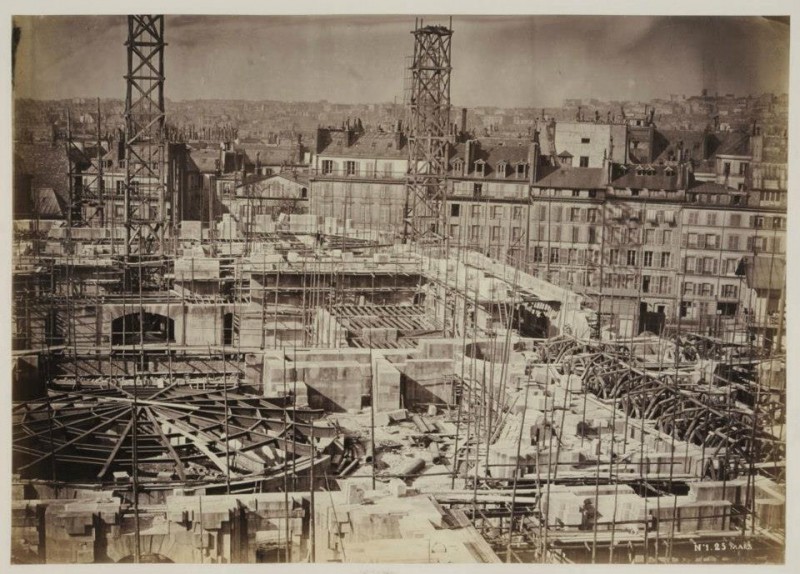
In 1858, a grand project to build a new opera house in Paris was inaugurated. It came just one day after a bomb had been detonated in the old Opera house on rue Le Peletier, in an attempt to assassinate Napoleon III. While the imperial couple had emerged from the attack unscathed, many others were not so lucky.
The project of a new ‘Academie Impériale de Musique et de Danse’ was given the go-ahead in 1860. Charles Garnier, then a young architect of 35 years, won the competition to design the building by a unanimous vote, coming out ahead of 171 other entrants. Baron Haussmann chose the building’s location, which not only ill-suited its asymmetrical lozange layout but offered extremely unsuitable foundation soil. In addition, the ‘un-regulatory’ height of the surrounding buildings meant that Garnier had to revise his plans to ensure that the Opera’s façade rose above the surrounding rooftops.
Work on the building began in 1861, and continued for almost fifteen years. While filling in the foundations, workmen were dismayed to discover a water table, and the construction of a vast concrete reservoir was required. This reservoir, in the end, actually contributed to the building’s stability.
The original budget for the project was 29 million francs, though this fluctuated according to France’s international engagements. It had just settled at 24 million by 1870, when the Franco-Prussian war again interrupted the work. During the fighting, the unfinished buildings were used as store houses for horse feed.
After the fall of the empire, a devastating fire finished off the old buildings at Rue Le Peletier, and Garnier’s project was finally earmarked for completion. The cost, in the end, came to 36 million francs, even with certain elements, such as the Rotunde de la Glacière and the Galerie du Fumoir, never actually being finished.
The Opera Garnier was officially opened in January 1875, in the presence of President MacMahon. It is said that Garnier himself, having been a servant of the Empire, was made to pay for his own seats in the second class boxes …
Napoleon III, who died in 1873, never lived to see his project completed. He had, however, staged a ‘preliminary inauguration’ during the World’s Fair of 1867. It was on this occasion, indeed, that the Empress had asked Garnier about the style he had used for the edifice. “Madame,” he replied, “it is the style of Napoleon III”.
LOCALISER / LOCATE
Sources des images INHA – Fond ENSBA – Louis Émile Durandelle et Haycinthe César Delamaet
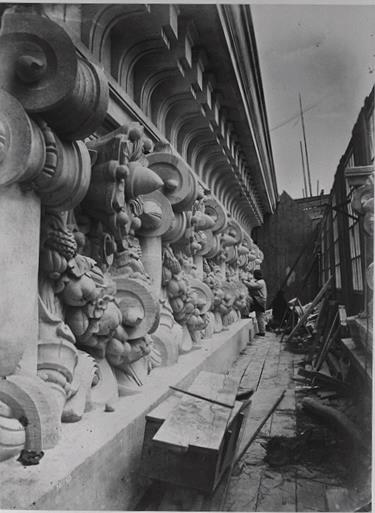
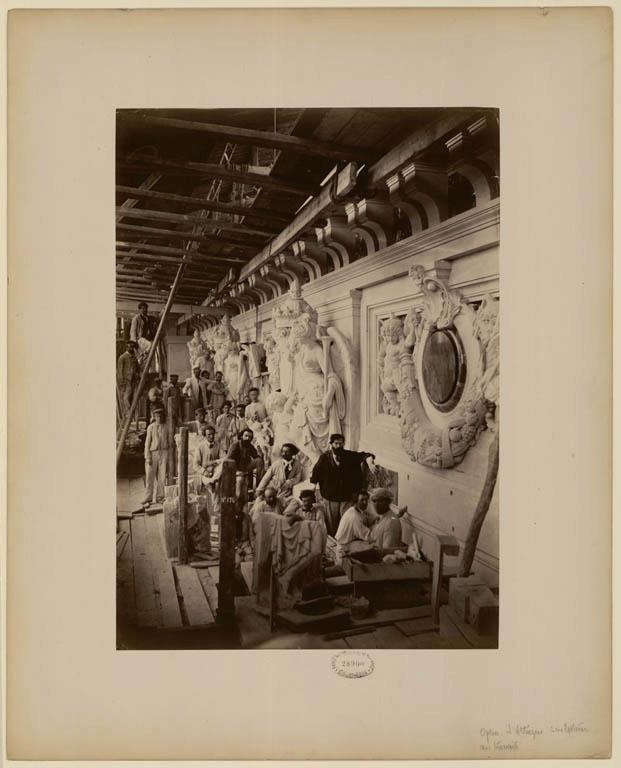
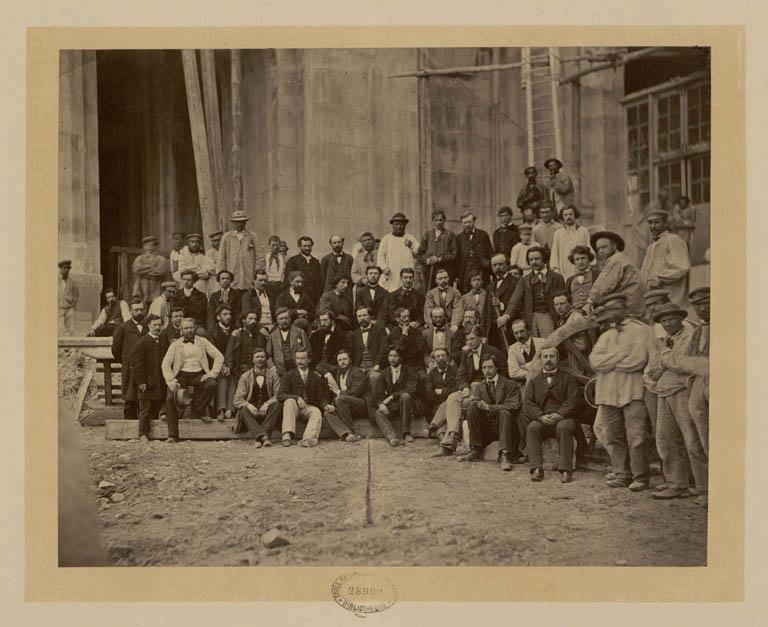
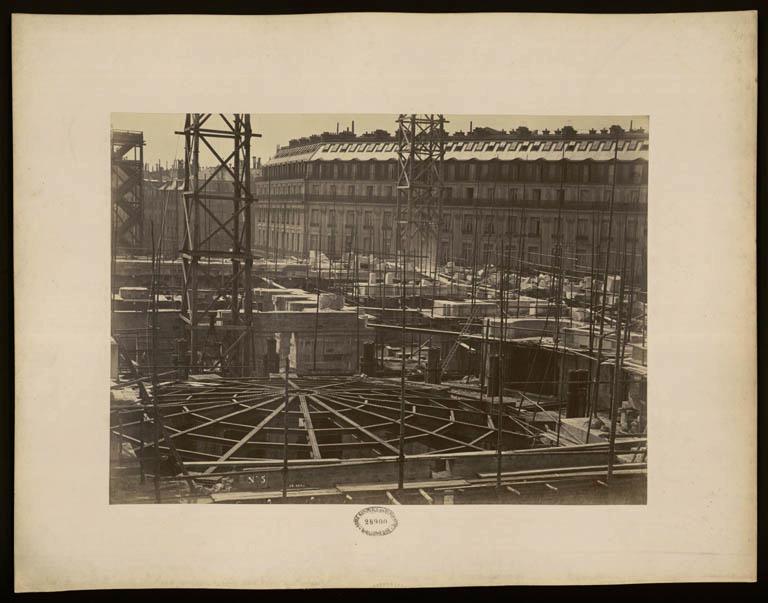
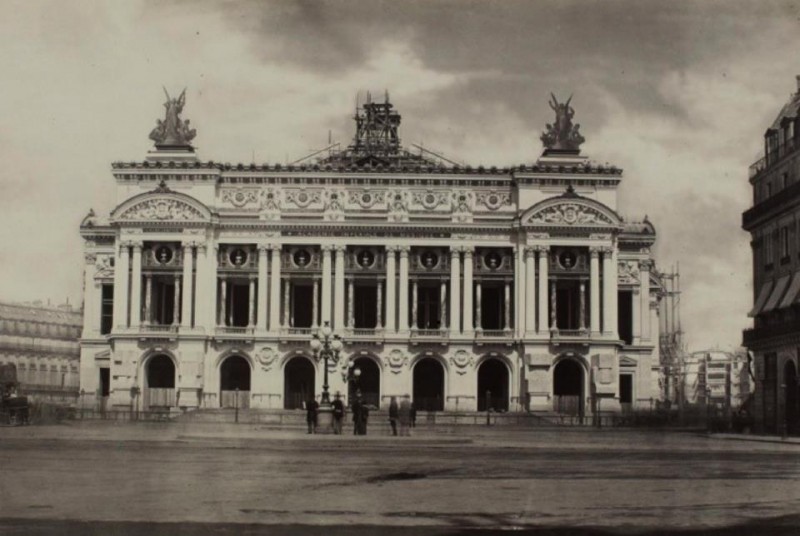
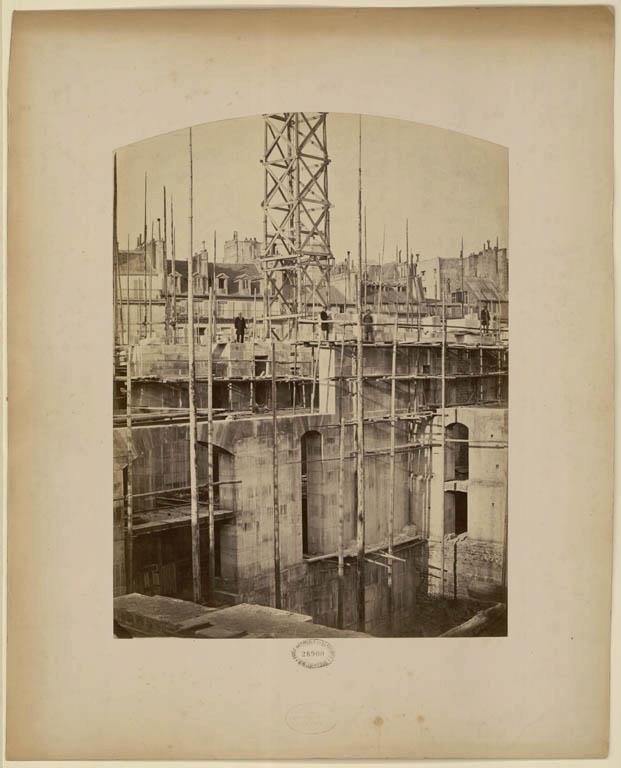
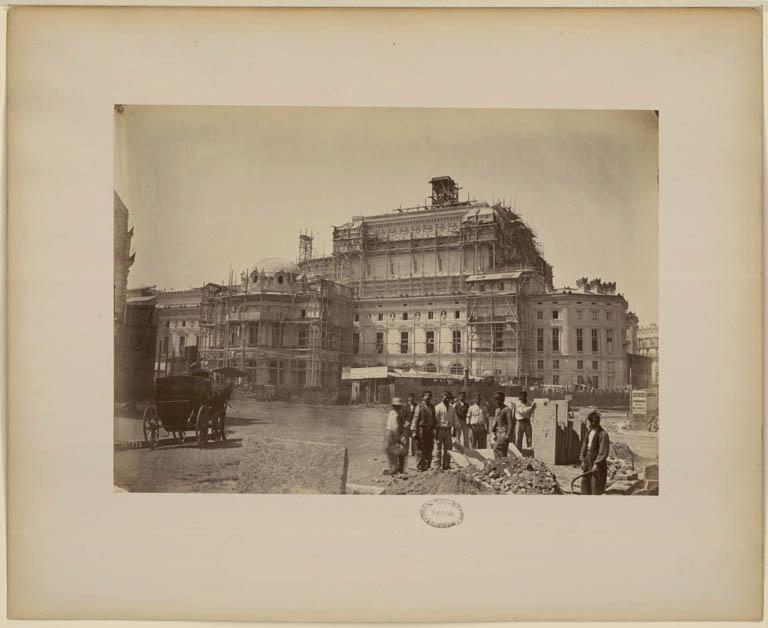
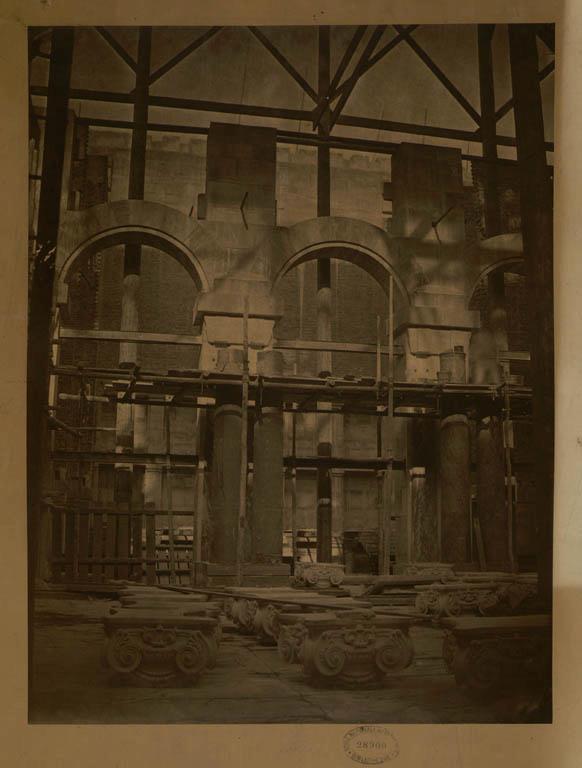
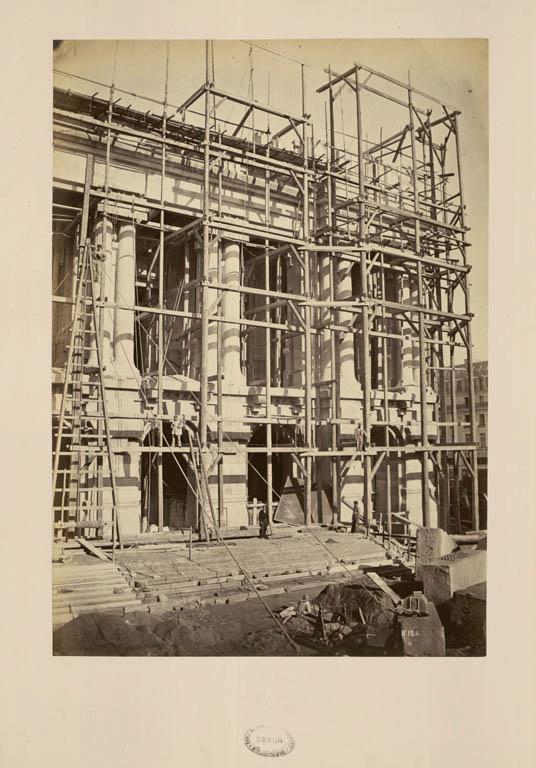
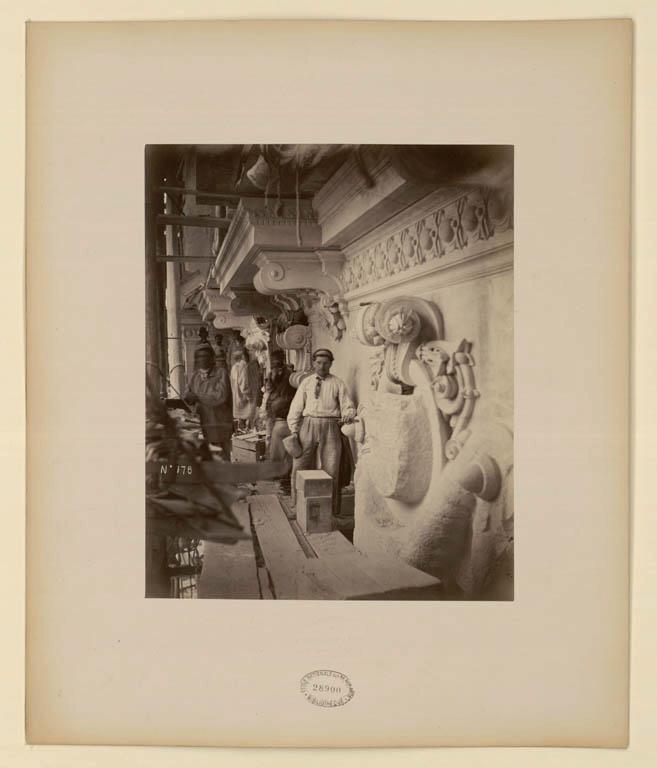
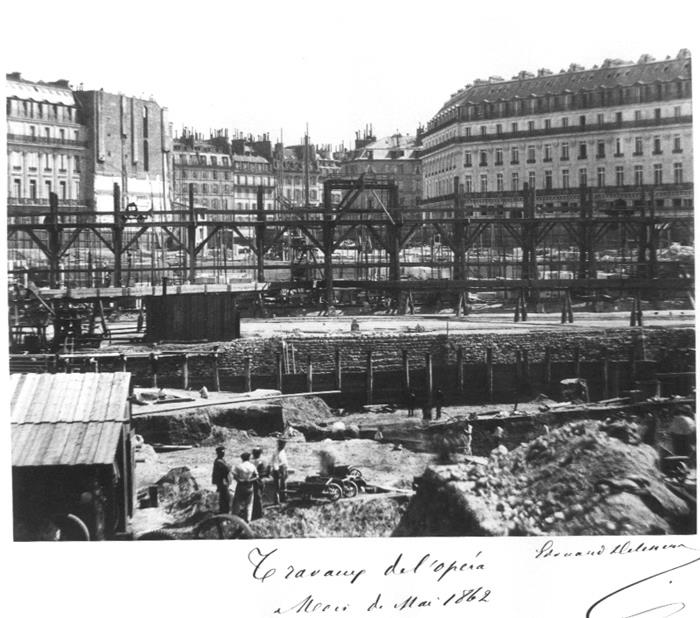
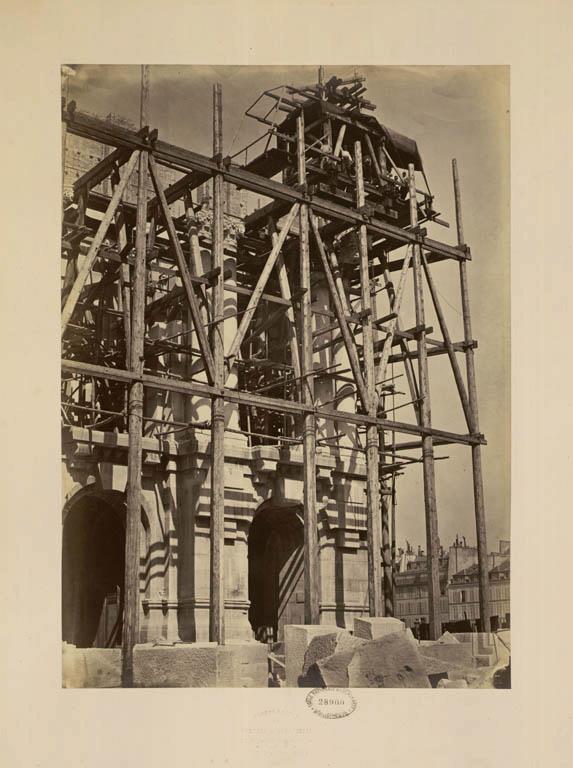
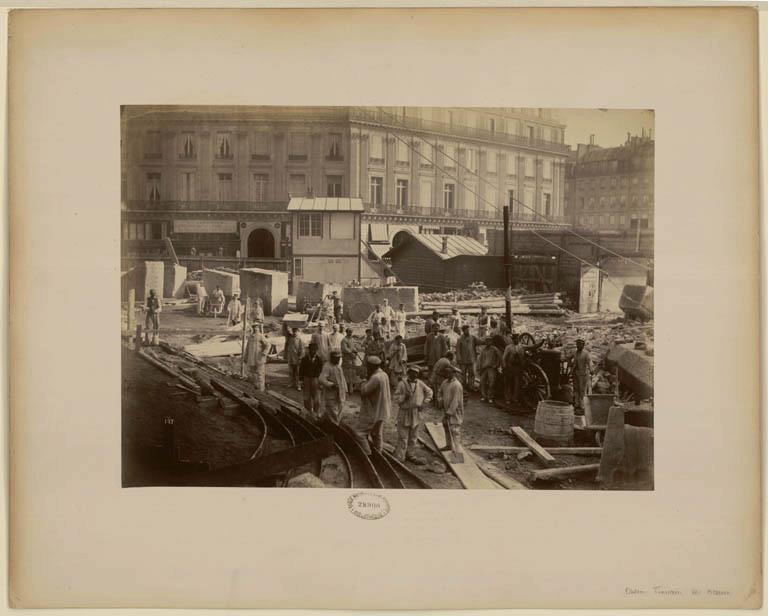
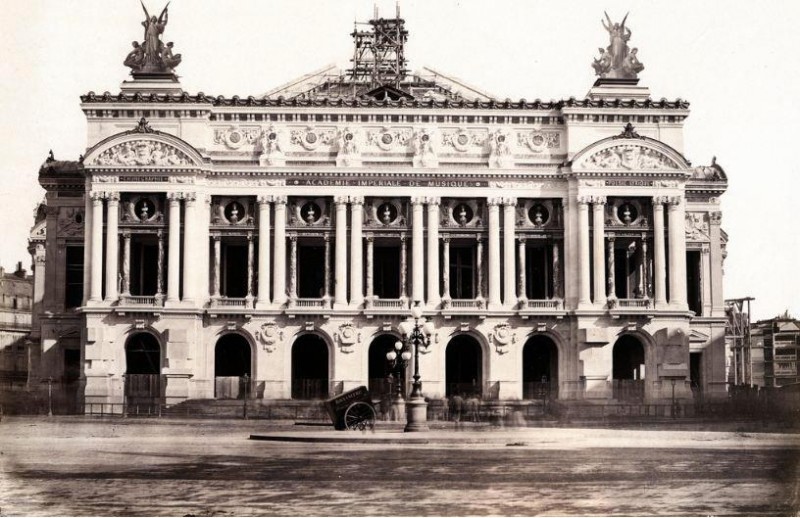
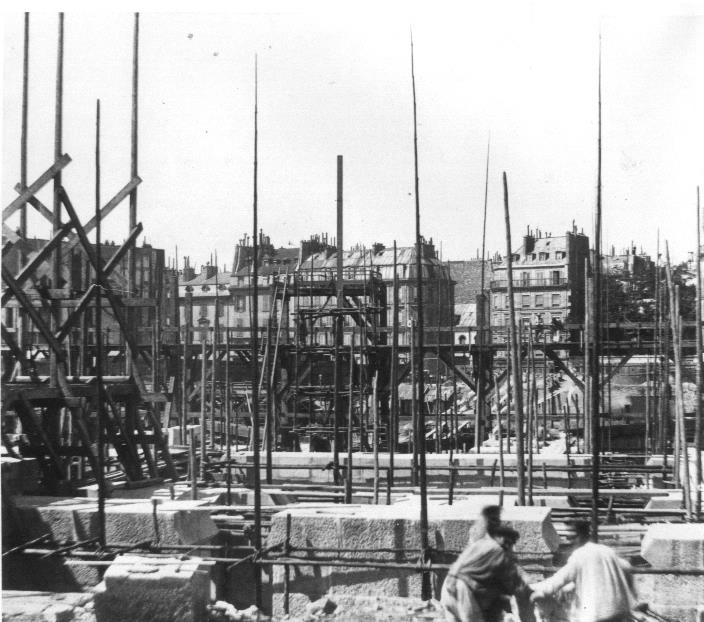
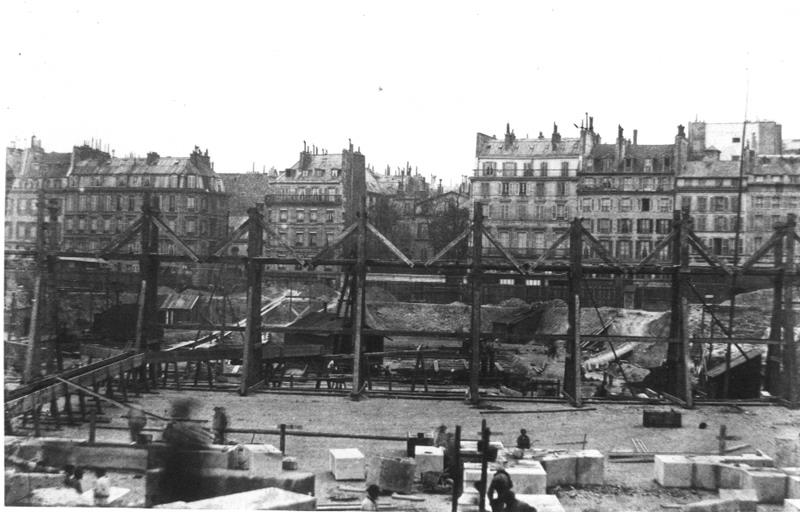
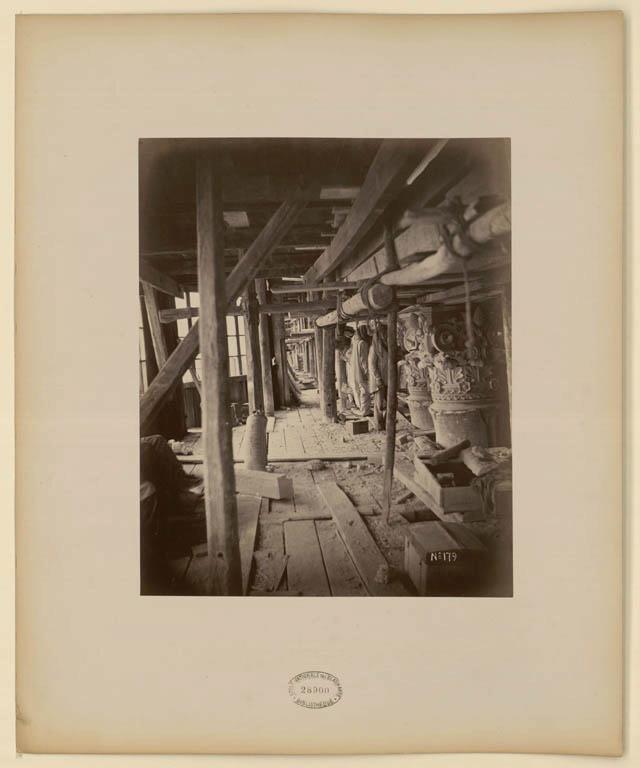
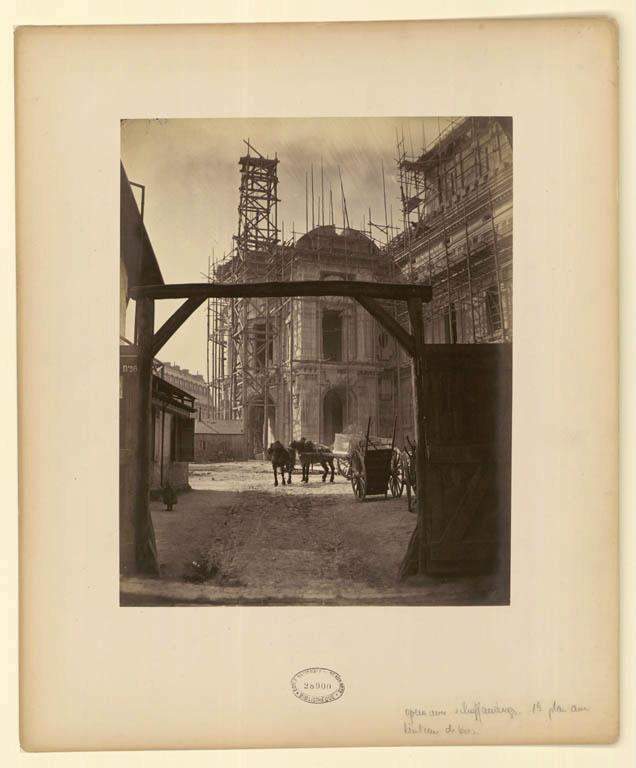
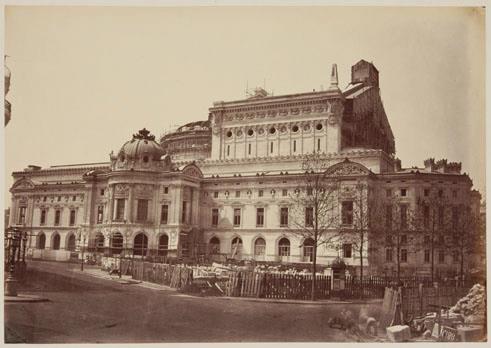
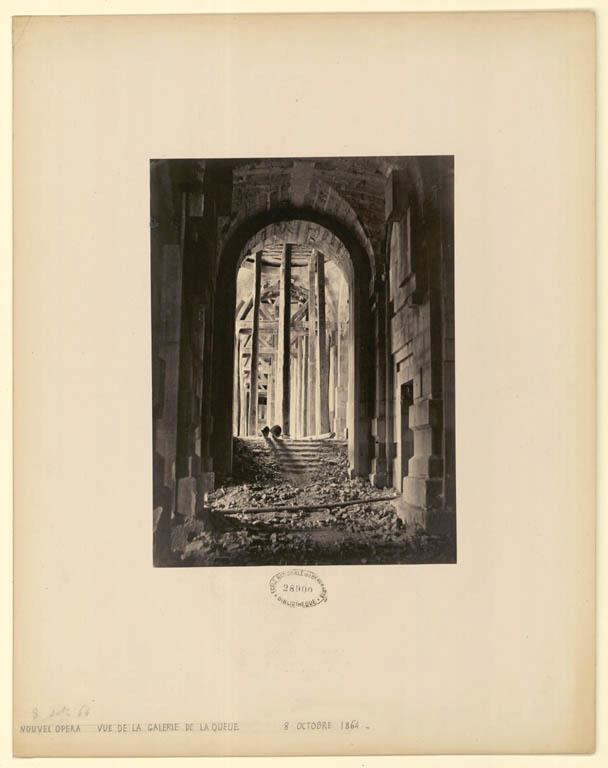
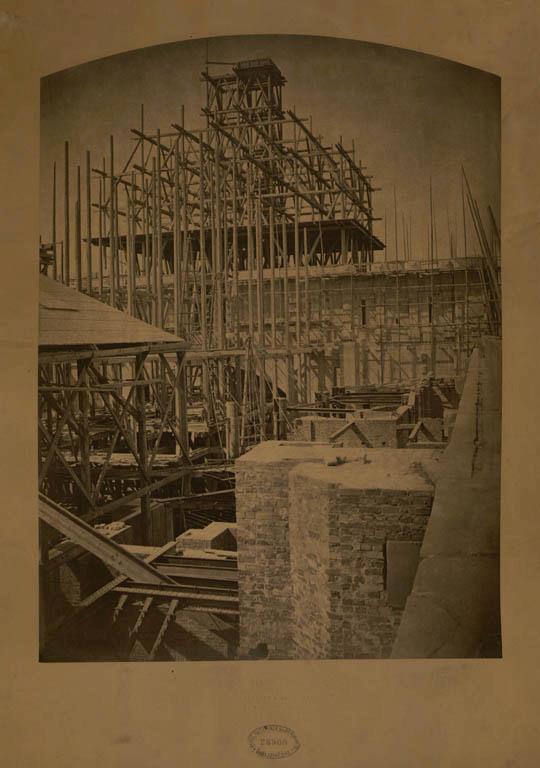
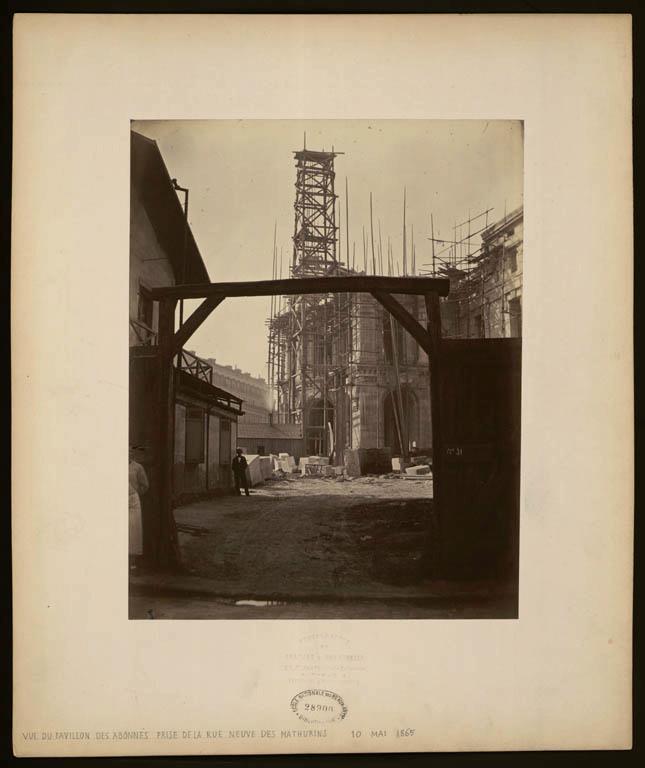
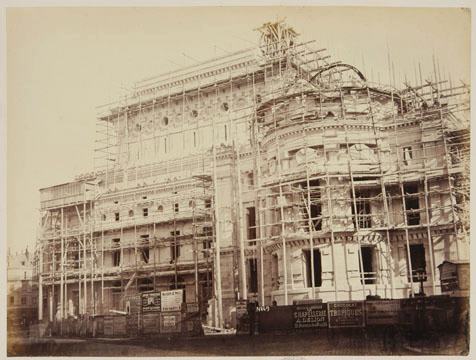
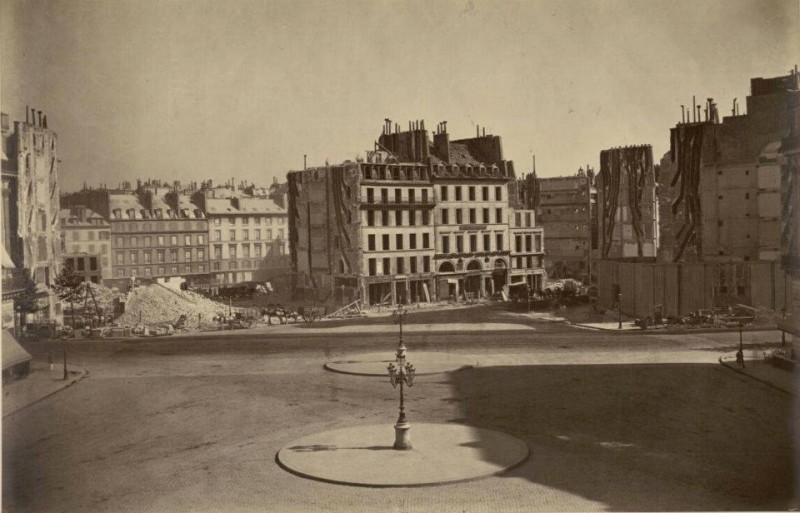
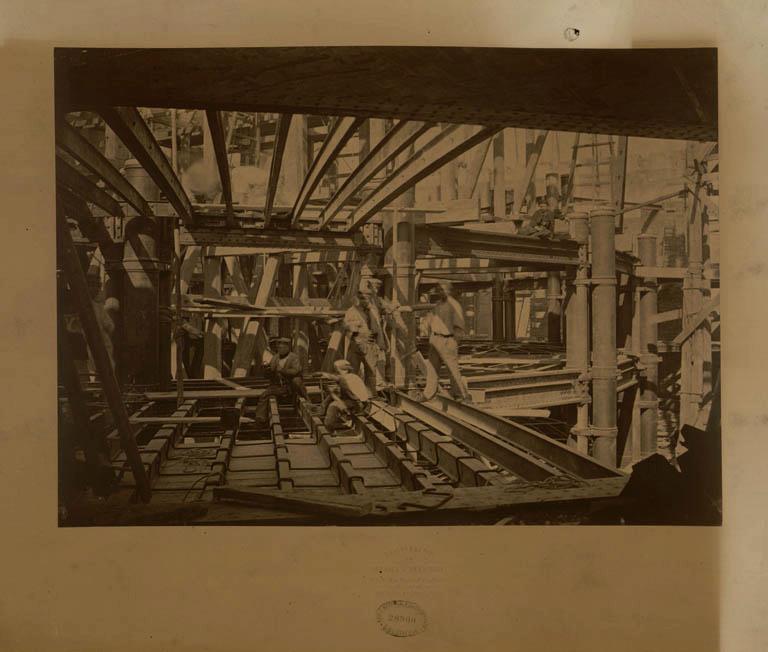
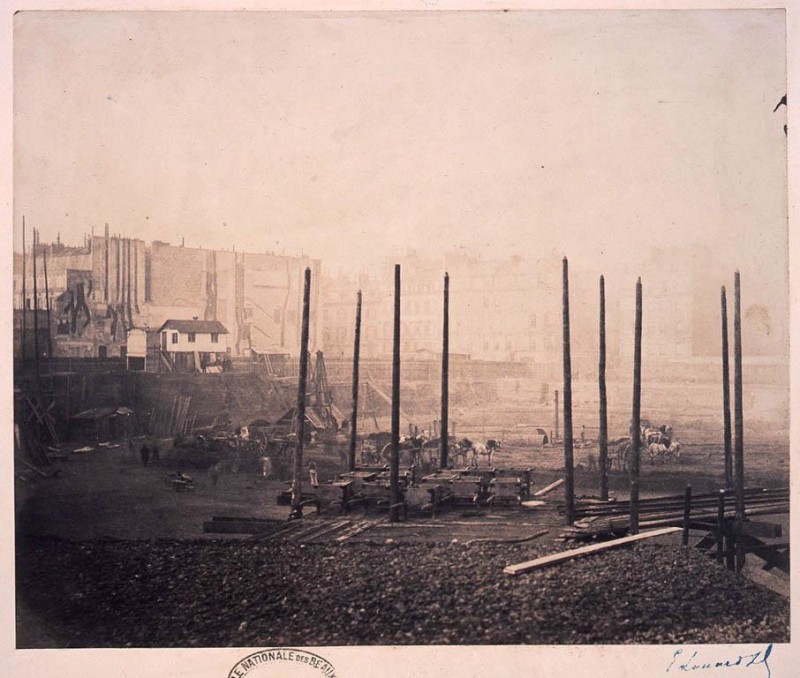
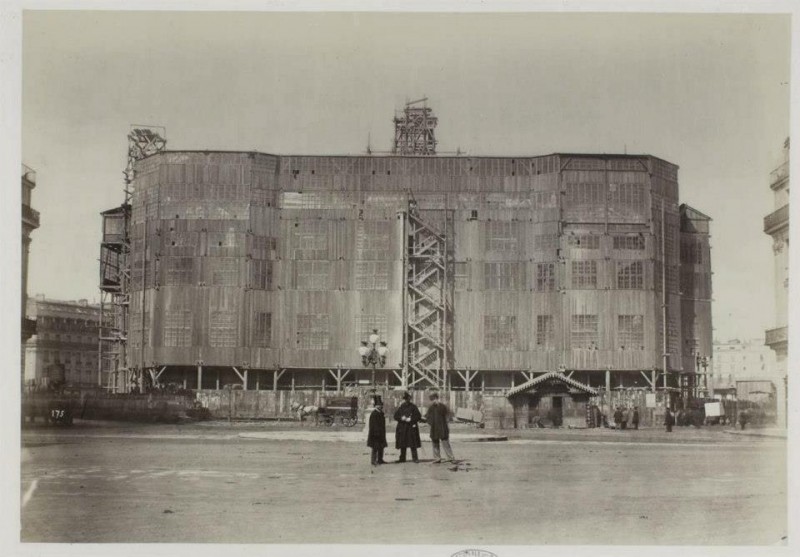
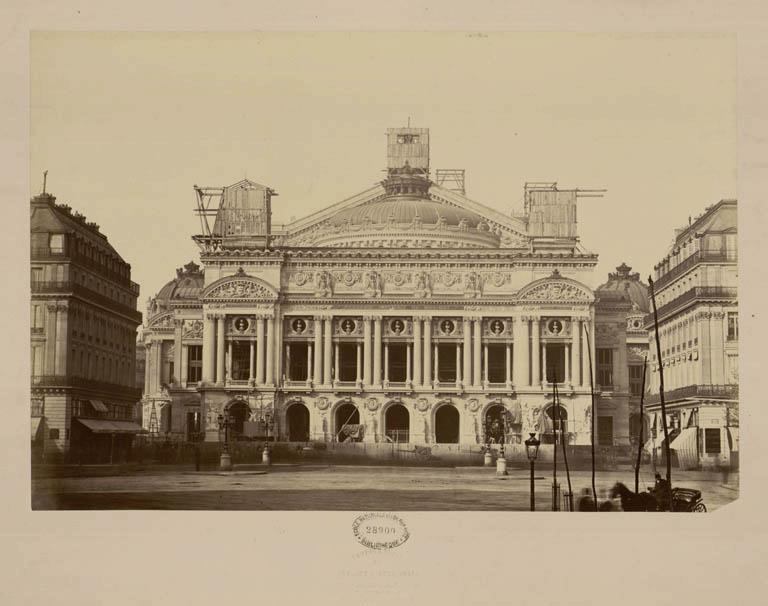
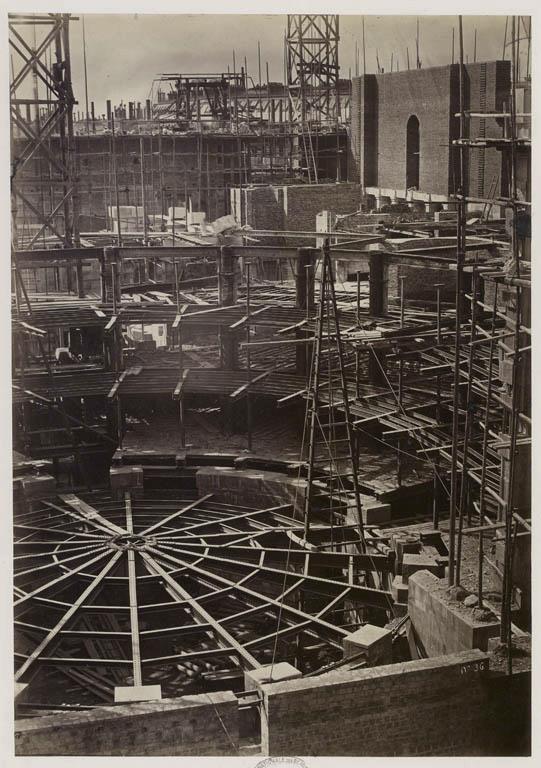
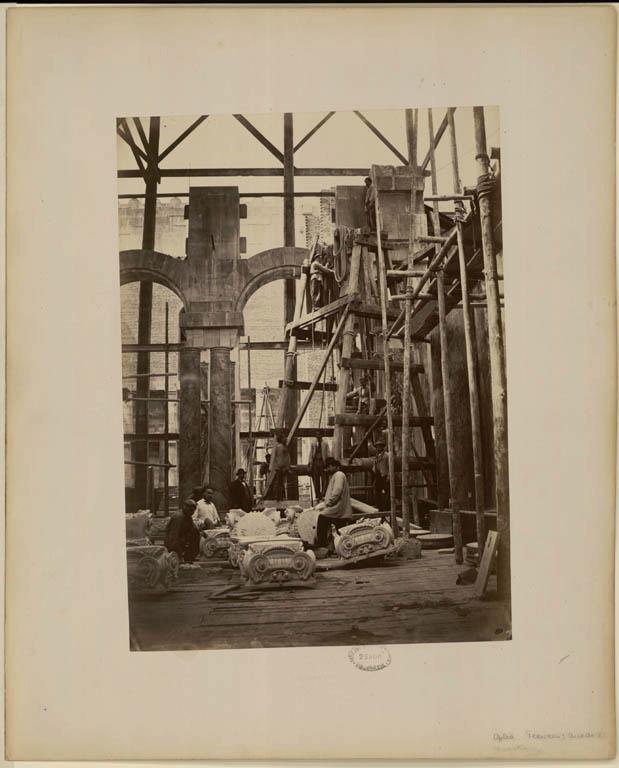
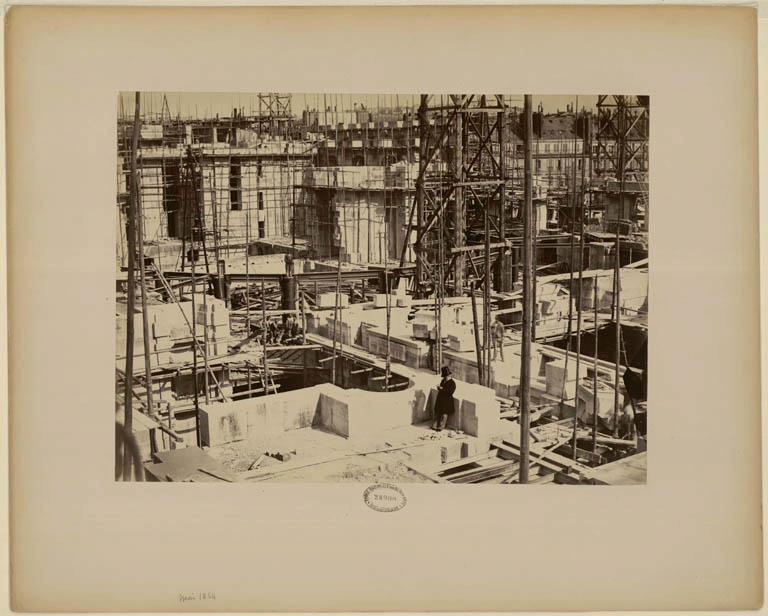
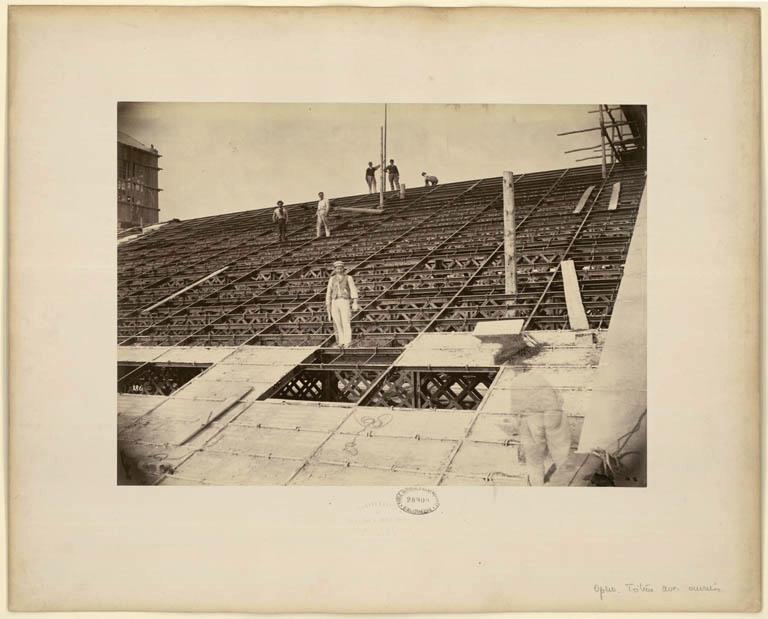
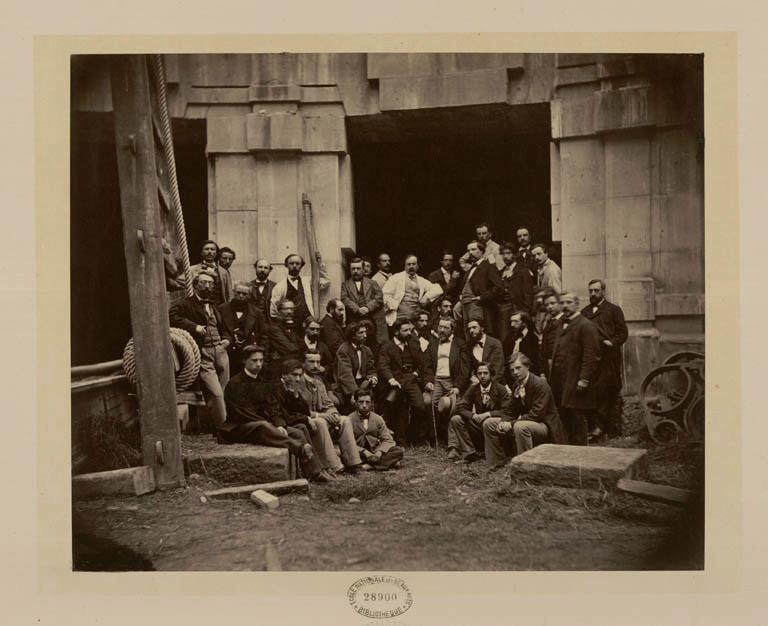
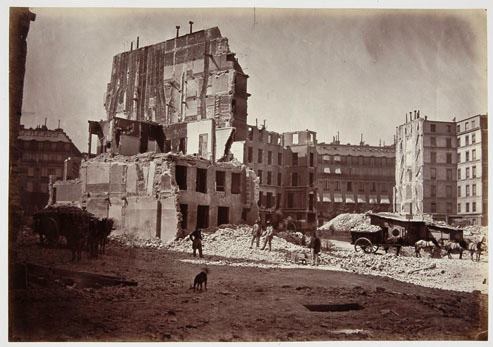
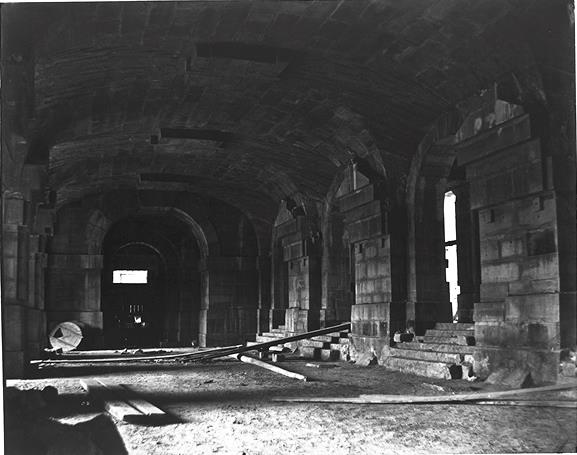
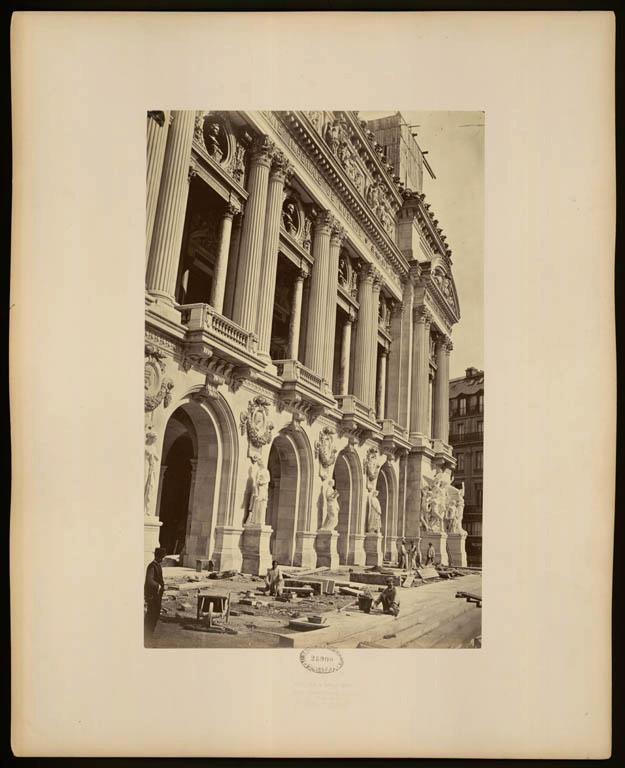
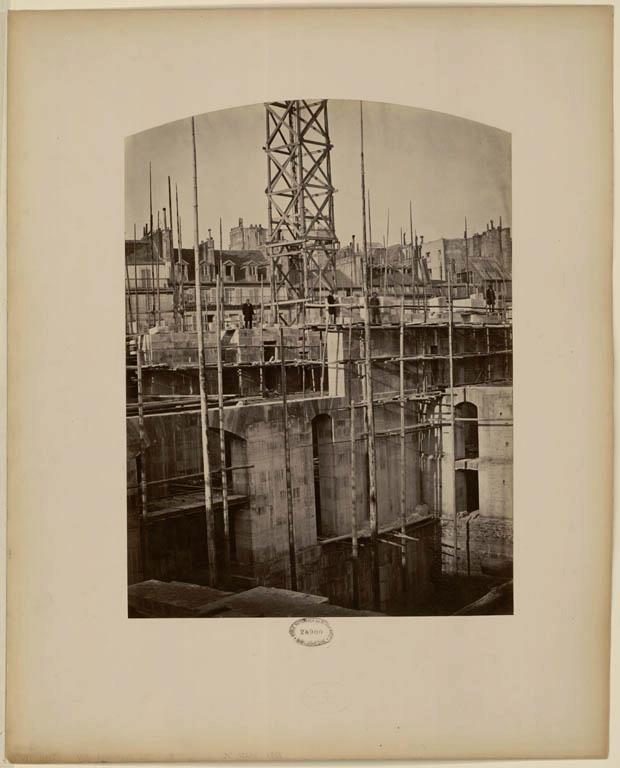 Sources des images INHA – Fond ENSBA – Louis Émile Durandelle et Haycinthe César Delamaet
Sources des images INHA – Fond ENSBA – Louis Émile Durandelle et Haycinthe César Delamaet



2 réponses
Daniel
Beau reportage ! Merci pour ces rares images. L’Opéra fait l’objet d’une restauration extérieure depuis quelques années. Ses dorures sont à nouveau étincelantes. Rappelons que le “NE” visible en rangée sur le haut de sa facade signifie “Napoléon III Empereur” et non, “Napoléon [III] (et] Eugénie”.
Daniel.
raouf
merci pour ces superbes images